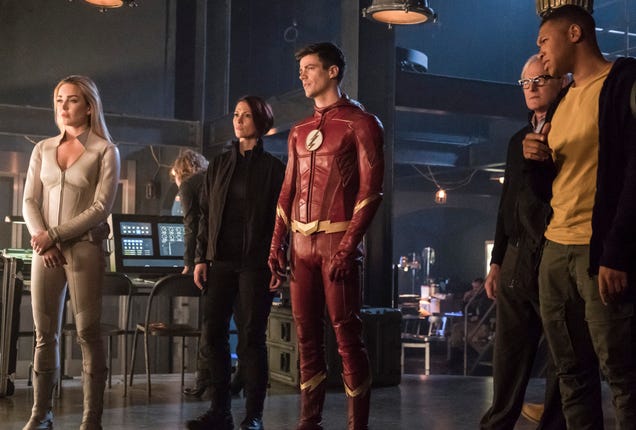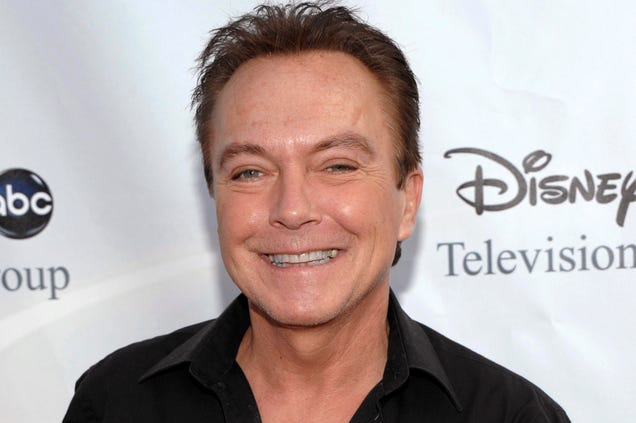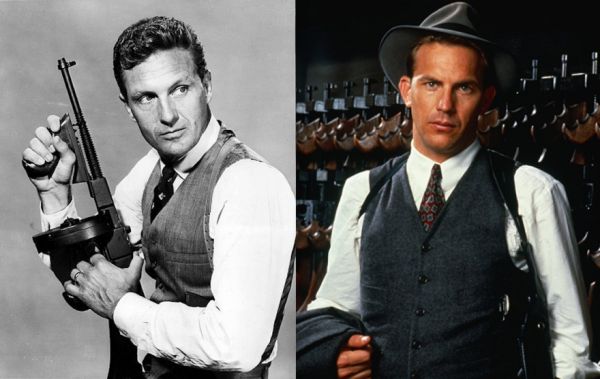
Neatorama is proud to bring you a guest post from history buff and Neatoramanaut WTM, who wishes to remain otherwise anonymous.
All who have seen The Untouchables television series, 1959-1963, and/or the 1987 film of the same name should certainly be familiar with the character of Eliot Ness. When one views these images of Eliot Ness, the first from the 1960’s television series and the second from the 1987 film, what does one see?
The typical response would probably be that the ‘legendary’ Eliot Ness was an alpha-male, handsome, sexy, hard as nails, cold as ice, fearless, dedicated, incorruptible, and uncompromising – an ‘untouchable’ Supercop as it were. As is so often the case, however, reality falls short of legend, and in the case of Eliot Ness, it falls quite short.
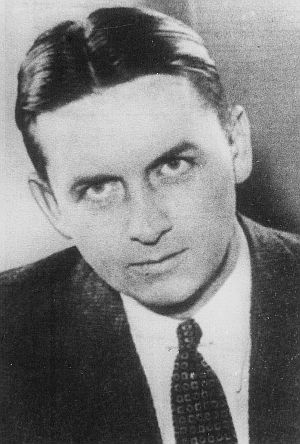 The public perception of Eliot Ness is that he was Supercop, the man who took down Al Capone and battled organized crime quite successfully during the 1930’s, as seen weekly in The Untouchables television series. The stark reality is that Eliot Ness was a flawed hero who was eventually to become a tragic figure, ending his days as an impoverished alcoholic. The story of his triumphs and downfall is a remarkable one that may be unprecedented in American history and it serves as a cautionary tale for those skeptical of Proverbs 16:18. Legends die hard, but when they do…
The public perception of Eliot Ness is that he was Supercop, the man who took down Al Capone and battled organized crime quite successfully during the 1930’s, as seen weekly in The Untouchables television series. The stark reality is that Eliot Ness was a flawed hero who was eventually to become a tragic figure, ending his days as an impoverished alcoholic. The story of his triumphs and downfall is a remarkable one that may be unprecedented in American history and it serves as a cautionary tale for those skeptical of Proverbs 16:18. Legends die hard, but when they do…
Eliot Ness gained his fame and notoriety by heading the special ‘Untouchables’ law enforcement task force from 1929 through 1931, during which period he and his men were finally able to bring Chicago’s top crime lord, Al Capone, to justice. Capone was sentenced to eleven years in prison for tax evasion, beginning at Atlanta Federal Penitentiary in 1931, and he was later transferred to Alcatraz – The Rock - in 1934, the ultimate humiliation for him and for organized crime.
Eliot Ness became a national hero for taking down Al Capone, and Chester Gould modeled his fictitious detective Dick Tracy after Eliot Ness, that comic strip, not coincidentally, beginning in 1931. The world was Ness’s oyster, or should have been.

Ness, born in 1903, was still a young man when he left law enforcement to take a position as Safety Director with the city of Cleveland, Ohio in December of 1935. But there, so far as the general public knows, the trail ends. When one hears of Eliot Ness today, it is almost certainly only in regard to his gangbuster’s work as head of the Untouchables. Many online biographies of Ness simply do not mention anything of note about him after 1936, only that he died in 1957. Three words explain this – Cleveland’s Torso Murders.
Also known as the Kingsbury Run Murders (referred to herein as the Torso Murders), these crimes were a series of horrific murders in the Cleveland metropolitan area, with the majority of them occurring in or around a rundown slum area on Cleveland’s east and southeast sides known as Kingsbury Run. Beginning in 1934, a series of seldom identified, sometimes emasculated, frequently dismembered, and always-beheaded corpses, often only the torso, were found around metropolitan Cleveland, the obvious (today) work of a serial killer. Officially, the Torso Murders ended in 1938 but may have actually occurred again in 1950.
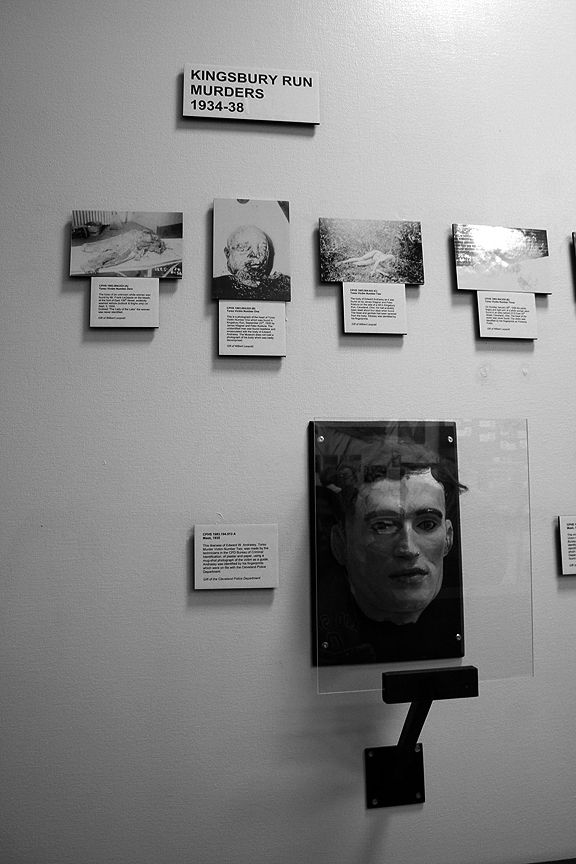 (Image credit: Flickr user Snake Oil Salesman)
(Image credit: Flickr user Snake Oil Salesman)
This all began at a time only 46 years after the Mother of All Serial Killings, the infamous Whitechapel Murders, as committed by Jack the Ripper in the autumn of 1888 in London’s East End. Like Jack the Ripper, the unknown criminal behind Cleveland’s own slaughter had numerous nicknames - the Headhunter of Kingsbury Run, the Butcher (used herein), the Mad Butcher, the Cleveland Torso Killer, the Torso Murderer, and other combinations. But parallels between the two killers are interesting, to say the least, so much so that Cleveland’s unknown perpetrator is often referred to as America’s Jack the Ripper. Comparing the two, we find:
* Both series were crimes in slum areas
* Both perpetrators were never caught or identified
* Both perpetrators had unknown reasons why they started and stopped
* Both series involved murders of transients
* Both series involved mutilation of the victims
* Both perpetrators were thought to have exhibited medical expertise at times
* Both series had authorities that were desperate to stop the murders
* Both series inspired terror in the populace
For all the similarities, there are some obvious differences:
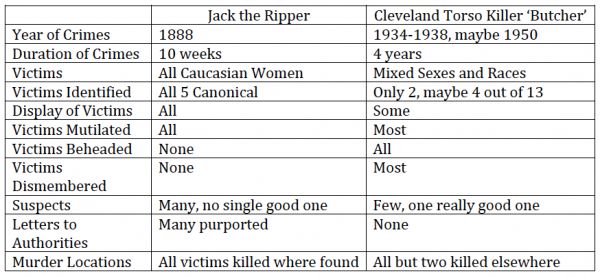
Both killing series have become legend for the same reason; they weren’t just big-city murders, they were sensational over-the-top urban crimes involving grisly, bloody deaths and wanton destruction of human bodies, executed by an unknown criminal who left no trace and vanished as mysteriously as he had first appeared.
 Jackass Hill, Cleveland, OH, where 2 headless men were found.
Jackass Hill, Cleveland, OH, where 2 headless men were found. (Image credit: Courtesy of Heather Beck of
Heather's Halloween)
When the Butcher’s first victim appeared in 1934, no one was particularly alarmed, thinking it to be just an ‘ordinary’ murder even though the body had been quite dismembered. Not until late 1935, as the headless body count began to escalate rapidly, did the authorities realize that something extraordinary was taking place. As was also the case with Jack the Ripper, police simply did not know what they were looking for. In the 1930’s, no one in law enforcement knew what a serial killer was. They did not understand that particular pathology, nor did they even know the term. All they knew was that there was a ‘maniac’ on the loose. As Torso Murders authority and author James Badal stated in his book, In the Wake of the Butcher:
There roamed an unknown psychopath who littered the inner city with a dozen decapitated and otherwise mutilated bodies over a four-year period and vanished as mysteriously as he had appeared, leaving virtually no clues as to his identity.
Although these murders had by late 1935 become high profile, Eliot Ness did not become directly involved in the investigation until late 1936, by which time a terrified public had demanded that the city’s authorities Do Something.
 Kingsbury Run, Cleveland, Ohio, circa 1936 (Image credit: Special Collections, Cleveland State University Library)
Kingsbury Run, Cleveland, Ohio, circa 1936 (Image credit: Special Collections, Cleveland State University Library)
As Cleveland’s Safety Director, Eliot Ness had done a fine job by the autumn of 1936. He cleaned up departmental corruption, improved city efficiency on every level, and generally made Cleveland a better and safer place through elimination of vice and racketeering. He also made sweeping changes in police methods and procedures, among which was the introduction of two-way radios in patrol cars.
Ness was a good cop and able administrator, but, as shall later be seen, he was also a poor businessman and an abysmal politician. Though he at first resisted becoming involved in the Torso Murders, in September 1936 he was sucked into their vortex as head of the investigation, where he then was, quite literally, in the eye of a perfect crime storm. Serial killers are devilishly hard to catch, even today. Forensics and other analytical technologies of the 1930’s were primitive, and the ongoing Great Depression limited available funds and other resources. National communications were all but nonexistent. There was then a large transient population in Cleveland, making identification of most Butcher victims impossible. Eliot Ness was also a republican island in a sea of Roosevelt democrats, practically all of whom wanted him to fail just on that basis alone, some few of them even being quite vocal about it. Partisan politics is nothing new

Eliot Ness had unwittingly become a victim of his own success; Supercop was expected to deliver results and deliver them fast – to Do Something to bring it all to an end, just as he had done with Al Capone, regardless of the difficulty.
Ness set to work at once, using the same methods and stratagems that had served him well when battling Al Capone. Here they got him nowhere. For almost two years, he conducted an ultimately unsuccessful campaign against the Butcher, who had soon begun taunting Ness, not with letters to newspapers, but with actions. The murders, dismemberments, and displays became ever more outrageous, and one body was even left in full sight of Ness’s office in city hall.
 Ness also had a problem in that his personality frequently clashed with those of other authorities involved in the Torso Murders. The lead city detective on the Butcher case, Peter Merylo, was a hardboiled, no-nonsense cop who was known for his bulldog tenacity. He did not like Eliot Ness and made no secret of it. Paul Robsky, one of the original members of Elliot Ness's legendary crime-fighting team, and its last survivor, wrote his own book, The Last of the Untouchables, wherein he is not at all complimentary toward Eliot Ness, and, indeed, minimalizes Ness’s contributions to that task force, often telling a different story than had Eliot Ness.
Ness also had a problem in that his personality frequently clashed with those of other authorities involved in the Torso Murders. The lead city detective on the Butcher case, Peter Merylo, was a hardboiled, no-nonsense cop who was known for his bulldog tenacity. He did not like Eliot Ness and made no secret of it. Paul Robsky, one of the original members of Elliot Ness's legendary crime-fighting team, and its last survivor, wrote his own book, The Last of the Untouchables, wherein he is not at all complimentary toward Eliot Ness, and, indeed, minimalizes Ness’s contributions to that task force, often telling a different story than had Eliot Ness.
To Ness’s credit as head of the Butcher investigation, he did soon identify a ‘Secret Suspect’, one who to this day remains the prime suspect, this being a psychotic doctor named Francis Sweeney. Unfortunately for Eliot Ness, Dr. Sweeney was first cousin to a partisan democratic congressman, one who had already called for Eliot Ness’s ouster, as well as that of Cleveland’s mayor, another republican. It was this relationship that caused Ness’s suspect to remain top secret (his name was first revealed in the 1990’s), for one can imagine Congressman Sweeney’s reaction to a republican Eliot Ness accusing his cousin, Dr. Francis Sweeney, of being the Butcher.
 Ness, under incredible pressure to catch the killer, cut corners and bent rules. He held Dr. Sweeney captive in a hotel for an intense interrogation lasting several weeks, a violation of civil liberties even in 1938, finally being forced to release him due to lack of hard evidence even though he was convinced of Sweeney’s guilt. He hired off-the-books undercover investigators. He also conducted searches of very questionable legality. What would be the last of the Torso Murders in August 1938 drove Ness to one final desperate act.
Ness, under incredible pressure to catch the killer, cut corners and bent rules. He held Dr. Sweeney captive in a hotel for an intense interrogation lasting several weeks, a violation of civil liberties even in 1938, finally being forced to release him due to lack of hard evidence even though he was convinced of Sweeney’s guilt. He hired off-the-books undercover investigators. He also conducted searches of very questionable legality. What would be the last of the Torso Murders in August 1938 drove Ness to one final desperate act.
Believing the Butcher preyed exclusively on transients, Ness ordered the shantytowns in Kingsbury Run to be set ablaze and the men who lived there, many of them the working poor, arrested. Ness meant to deprive the murderer of victims — and fingerprint the men in case they became victims. But in 1938, when one in five workers nationwide was unemployed, this scorched-earth destruction of the indigent population’s homes and meager belongings troubled Cleveland's conscience. The Cleveland Press blasted Ness for his "misguided zeal". Ness's stellar reputation for heroic integrity had given him freedom to operate outside normal channels, but, under intense pressure, he decided that the end justified the means.
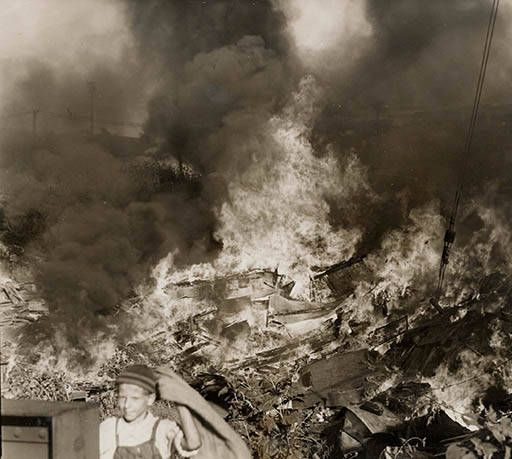
Ness’s foolish decision to destroy the shantytowns was the beginning of his end. He would never recover from this point forward, so much so that he is considered by some to be the Butcher’s ‘14th victim’. The specter of his past successes haunted him, magnified by this one colossal failure, and Cleveland simply could not understand why the invincible legend, Supercop, could not crack the city’s most notorious murder case. The G-man had lost his glamour.
His failure to apprehend the Butcher not only frustrated Ness, it also brought him under a withering public scrutiny. Criticism of Eliot Ness intensified in March 1942, the result of an early morning traffic accident on an icy Cleveland street. The fact that Ness was intoxicated and had tried to persuade the investigating officers to look the other way turned the tide of public opinion against him. He was forced to resign as Safety Director and became National Director of the federal government's Social Protection Program, a position he held until the end of WWII.
Despite his considerable professional accomplishments, Ness had developed severe personal problems. His commitment to law enforcement, long hours away from home, and his drinking were largely responsible for his two failed marriages. An ill-fated attempt to regain his lost fame and status by running for Mayor of Cleveland in 1947, funding his campaign with his own life’s savings no less, accelerated the downward spiral that continued through the final decade of Ness's life, sealing his loss of reputation and driving him to the edge of bankruptcy. He began drifting from one failing business enterprise to another, never to succeed at any of them.
 After his failing to win the 1947 mayoral election, Ness’s drinking became a serious problem. Ness spent too much money on new cars and too much time in hotel bars, and at this point he began embellishing his role in bringing down Al Capone to most anyone who would listen.
After his failing to win the 1947 mayoral election, Ness’s drinking became a serious problem. Ness spent too much money on new cars and too much time in hotel bars, and at this point he began embellishing his role in bringing down Al Capone to most anyone who would listen.
By the early 1950’s, Eliot Ness had been completely destroyed professionally, politically, and personally. Reckless behavior like his frequent intoxication spurred his dismissal from companies that had been willing to hire him and his ongoing incurring of heavy debt forced him to take various odd jobs in an effort to make ends meet. Among other failed pursuits, he worked as an electronics parts wholesaler, a clerk in a bookstore, and a salesman of frozen hamburger patties to restaurants, employment that was quite anticlimactic for someone who had once battled Al Capone and the Mob. In 1956, very nearly bankrupt and by then a clinical alcoholic, he teamed with writer Oscar Fraley, whom he had met in a hotel bar, to produce a book that told the story of his glory days with the Untouchables, one that he hoped would pay off and give him yet another chance.
 While a good read, The Untouchables: The Real Story by Eliot Ness contains descriptions of events that others who should know (such as Paul Robsky) either contest outright or report had not happened as described therein. Eliot Ness’s natural and developed tendencies toward hyperbole, prevarication, exaggeration, and self-aggrandizement, coupled with the impaired memory of an alcoholic concerning events of 25 years earlier, had by then simply gotten the better of him. Not that the public knew the difference or really cared about the facts; the book was to become a huge success, spawning the immensely popular television series and 25 years after that, the feature film.
While a good read, The Untouchables: The Real Story by Eliot Ness contains descriptions of events that others who should know (such as Paul Robsky) either contest outright or report had not happened as described therein. Eliot Ness’s natural and developed tendencies toward hyperbole, prevarication, exaggeration, and self-aggrandizement, coupled with the impaired memory of an alcoholic concerning events of 25 years earlier, had by then simply gotten the better of him. Not that the public knew the difference or really cared about the facts; the book was to become a huge success, spawning the immensely popular television series and 25 years after that, the feature film.
Ironically, both the television series and the 1987 film had little in common with this book except the names Eliot Ness, Al Capone, and the Untouchables; nearly all plots and content were exaggerated and sensationalized historical fiction, frequently fabricated from whole cloth. Even Eliot Ness would have blushed.
Eliot Ness was bankrupt when he died of an obviously stress-induced heart attack in his home on May 16, 1957, at the age of 54. At the time of his death, Eliot Ness was depressed, disillusioned, deeply in debt, and an alcoholic. Ness never knew that the book manuscript he and Oscar Fraley had produced would create the Untouchables legend that endures even today, nor would he or his surviving family profit from it.
The Ness family didn’t even have the money to bury him. A funeral home offered his widow a discount rate for a cremation, which she accepted. Because she couldn’t afford an urn, her husband’s cremated remains (cremains) lay in a shoebox in the basement of the funeral home for 40 years, until 1997, at which time the cremains of Eliot Ness, as well as those of his wife and son, were finally given an honor police funeral in Cleveland, after exposure of this sad, sordid, and shameful situation by author Paul W. Heimel. Otherwise, his cremains would probably still be in that basement today, long abandoned and completely forgotten after 60 years.
 (Image credit: Flickr user Michelle Belanger)
(Image credit: Flickr user Michelle Belanger)
Whatever one thinks of Eliot Ness, for all his flaws and shortcomings, he was an honest and decent man who risked his life and reputation fighting criminals that no one else could or would. Ness probably feared that his investigation into the Torso Murders would end as it did, in abject failure, but he was game to try until the bitter end. And at his own end, in the Ness family’s time of greatest need, both the cities of Chicago and Cleveland could have stepped up to the plate – but didn’t. Eliot who?
The Torso Murders ended a lifetime ago, but open murder cases are never closed. Circumstantial evidence against Dr. Francis Sweeney continues to accumulate and evidence that positively links him to the crimes may someday be found. As is also the case with Jack the Ripper, interest in the Butcher has never been higher and a feature film concerning Cleveland’s Torso Murders, “Ness”, is in development. One can only hope that such a film will do Eliot Ness the justice that he so well deserves.

Sources and Further Reading
Cleveland Police Museum/Torso Murders
Cleveland Police Museum/Eliot Ness
The Last Boy Scout
Bureau of Alcohol, Tobacco, Firearms and Explosives
The Kingsbury Run Murders or Cleveland Torso Murders
Torso Killer: History, Hauntings & The Mad Butcher of Kingsbury Run
This Area In Cleveland Has A Dark And Evil History That Will Never Be Forgotten
The Cleveland Memory Project
The Death of Eliot Ness
Dead Ohio
American Thinker
Heather's Halloween
Eliot Ness at Find A Grave
Florence Genevieve Sawdy Polillia at Find A Grave
Dr. Francis Edward Sweeney at Find A Grave
Edward Anthony Andrassy at Find a Grave



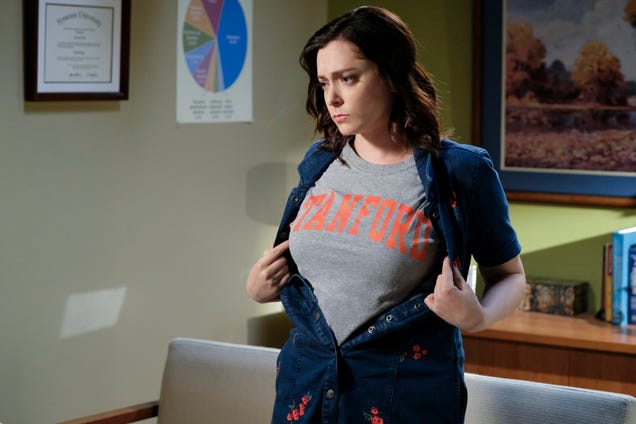

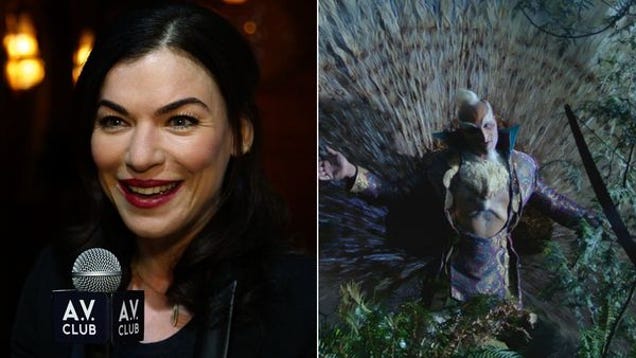










 Many people report an aversion to clusters of holes; a new study suggests a very smart evolutionary basis for the discomfort.
Many people report an aversion to clusters of holes; a new study suggests a very smart evolutionary basis for the discomfort.
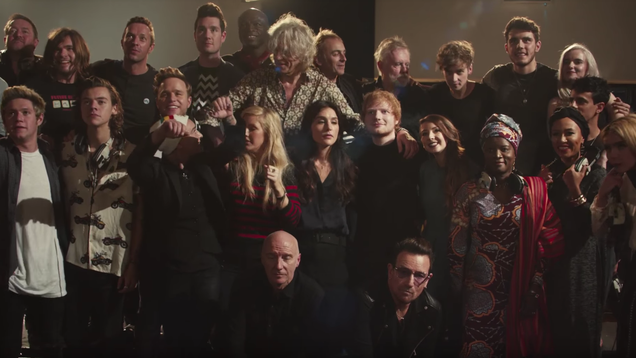
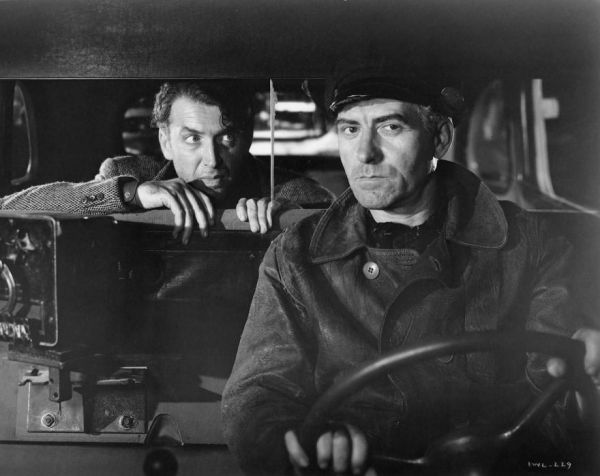










 The public perception of Eliot Ness is that he was Supercop, the man who took down Al Capone and battled organized crime quite successfully during the 1930’s, as seen weekly in The Untouchables television series. The stark reality is that Eliot Ness was a flawed hero who was eventually to become a tragic figure, ending his days as an impoverished alcoholic. The story of his triumphs and downfall is a remarkable one that may be unprecedented in American history and it serves as a cautionary tale for those skeptical of
The public perception of Eliot Ness is that he was Supercop, the man who took down Al Capone and battled organized crime quite successfully during the 1930’s, as seen weekly in The Untouchables television series. The stark reality is that Eliot Ness was a flawed hero who was eventually to become a tragic figure, ending his days as an impoverished alcoholic. The story of his triumphs and downfall is a remarkable one that may be unprecedented in American history and it serves as a cautionary tale for those skeptical of 
 (Image credit: Flickr user
(Image credit: Flickr user 
 Jackass Hill, Cleveland, OH, where 2 headless men were found. (Image credit: Courtesy of Heather Beck of
Jackass Hill, Cleveland, OH, where 2 headless men were found. (Image credit: Courtesy of Heather Beck of  Kingsbury Run, Cleveland, Ohio, circa 1936 (Image credit: Special Collections,
Kingsbury Run, Cleveland, Ohio, circa 1936 (Image credit: Special Collections, 
 Ness also had a problem in that his personality frequently clashed with those of other authorities involved in the Torso Murders. The lead city detective on the Butcher case, Peter Merylo, was a hardboiled, no-nonsense cop who was known for his bulldog tenacity. He did not like Eliot Ness and made no secret of it. Paul Robsky, one of the original members of Elliot Ness's legendary crime-fighting team, and its last survivor, wrote his own book,
Ness also had a problem in that his personality frequently clashed with those of other authorities involved in the Torso Murders. The lead city detective on the Butcher case, Peter Merylo, was a hardboiled, no-nonsense cop who was known for his bulldog tenacity. He did not like Eliot Ness and made no secret of it. Paul Robsky, one of the original members of Elliot Ness's legendary crime-fighting team, and its last survivor, wrote his own book,  Ness, under incredible pressure to catch the killer, cut corners and bent rules. He held Dr. Sweeney captive in a hotel for an intense interrogation lasting several weeks, a violation of civil liberties even in 1938, finally being forced to release him due to lack of hard evidence even though he was convinced of Sweeney’s guilt. He hired off-the-books undercover investigators. He also conducted searches of very questionable legality. What would be the last of the Torso Murders in August 1938 drove Ness to one final desperate act.
Ness, under incredible pressure to catch the killer, cut corners and bent rules. He held Dr. Sweeney captive in a hotel for an intense interrogation lasting several weeks, a violation of civil liberties even in 1938, finally being forced to release him due to lack of hard evidence even though he was convinced of Sweeney’s guilt. He hired off-the-books undercover investigators. He also conducted searches of very questionable legality. What would be the last of the Torso Murders in August 1938 drove Ness to one final desperate act.
 After his failing to win the 1947 mayoral election, Ness’s drinking became a serious problem. Ness spent too much money on new cars and too much time in hotel bars, and at this point he began embellishing his role in bringing down Al Capone to most anyone who would listen.
After his failing to win the 1947 mayoral election, Ness’s drinking became a serious problem. Ness spent too much money on new cars and too much time in hotel bars, and at this point he began embellishing his role in bringing down Al Capone to most anyone who would listen. While a good read,
While a good read,  (Image credit: Flickr user
(Image credit: Flickr user 



